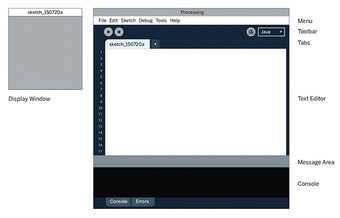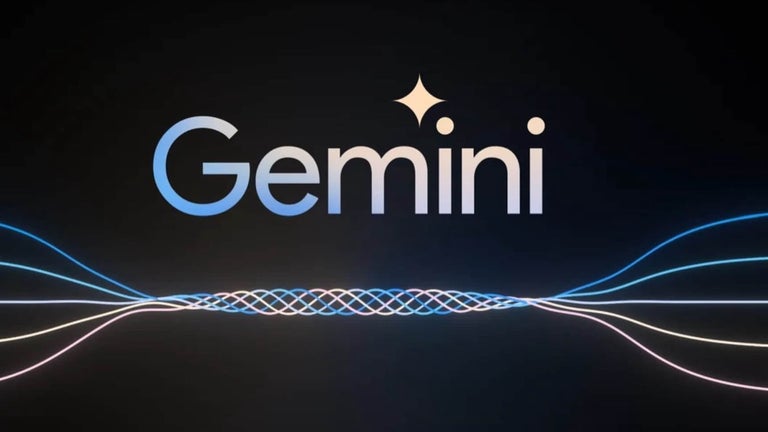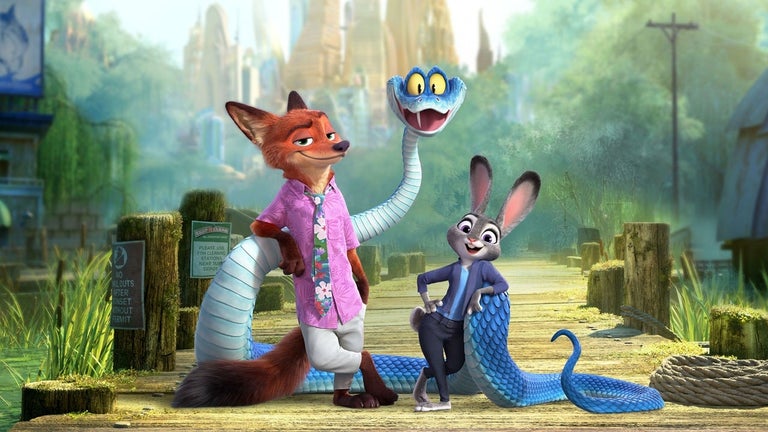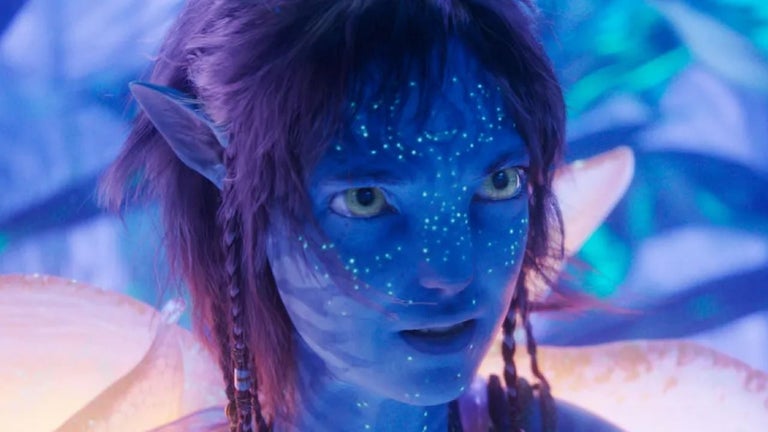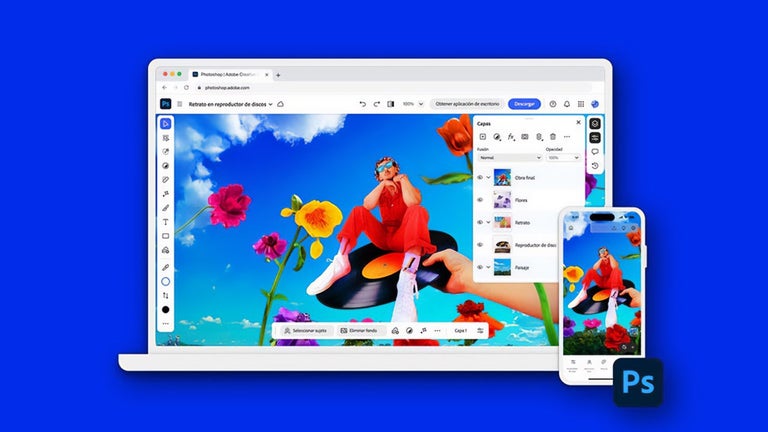A gateway to visual programming and digital art
Processing is an open-source development kit with sketchbook and language designed specifically for the arts, design, and visual computing communities. Its primary goal is to teach the fundamentals of computer programming in a visual context, making abstract concepts immediately tangible.
Moreover, Processing is available for macOS, Windows, and Linux, ensuring that your creative projects are accessible everywhere. Furthermore, the sketches you create are cross-platform and can be exported to run on various environments, including Android and Raspberry Pi. This strong foundation of accessibility and openness makes it a trustworthy tool.
The welcoming environment for creative development
Processing is built upon the Java programming language, but it simplifies the syntax dramatically. The integrated development environment (IDE) is clean and straightforward, featuring just two core functions, setup() and draw(), which handle initialization and the continuous animation loop, respectively. This streamlined structure allows new coders to grasp the flow of a program quickly and start generating visual output with just a few lines of code.
One of its biggest strengths is its incredibly active and generous community. You can find thousands of examples, tutorials, and specialized libraries that extend its capabilities beyond simple 2D drawing to include 3D rendering, machine learning, and sound manipulation. This wealth of educational material and extensions means that almost any creative idea you have has already been explored or made easier by the collective efforts of the community.
While powerful for teaching and rapid prototyping, this has certain limitations that become apparent in more demanding projects. It is fundamentally built on Java, and while performance is generally good, it can struggle with heavy computations or very high-resolution graphics compared to native, compiled languages. Deploying sketches sometimes requires users to have the Java Runtime Environment installed, which can be cumbersome. For large, production-level software, developers usually move on to more specialized frameworks.
Final verdict
Processing remains the quintessential starting point for anyone interested in the intersection of code and art. It delivers on its promise of making complex concepts clear and fun to explore. It's a fantastic educational tool that transforms abstract programming into tangible, interactive, and visually stunning results. If you want to learn programming through a creative lens, this is a clear, friendly, and most recommended choice.
